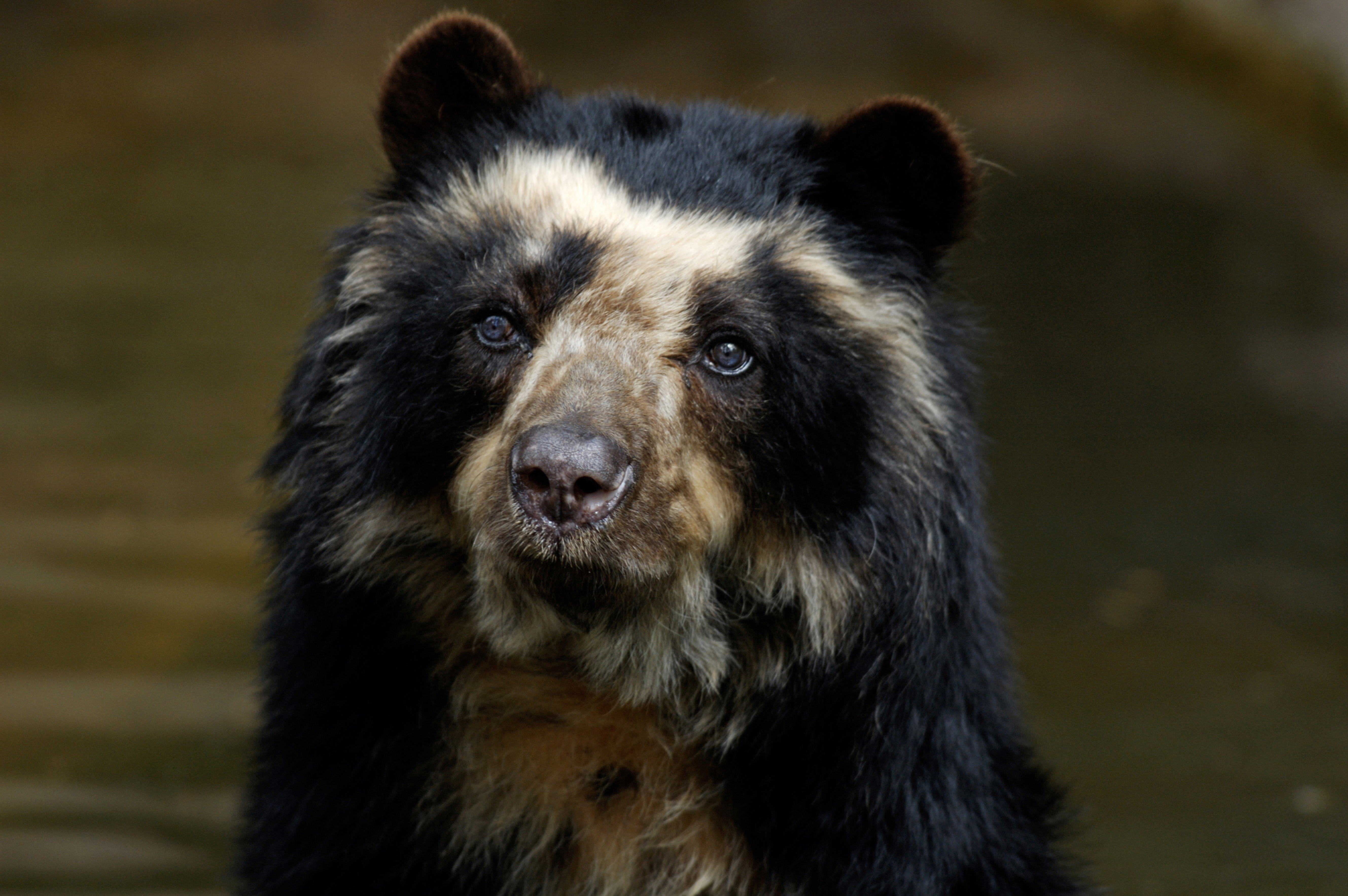
As natural habitats around the world are stripped of their natural resources and built upon, local wildlife becomes increasingly threatened by the most dangerous animal of all: humans.
Areas that were once wild are turned into villages, towns and agricultural plots. Generations of animals are cleared out, forced to look for homes elsewhere. Those who refuse to leave, particularly territorial predators, find themselves with no prey. They stray into human settlements while searching for food. And that’s when the human-wildlife conflict rears its ugly head.
Some of our planet’s most amazing creatures are now in danger of extinction thanks to their unwanted proximity with humans. Here are some of the ‘problem predators’ being affected.
 Cheetahs
Cheetahs
Asiatic cheetahs are some of the most endangered animals in the world: experts estimate that there could be as few as 40 of these majestic big cats left in the wild. The cheetahs’ numbers have been driven down by a number of factors, not least their unknowing conflict with humans in Iran. Depleted populations of wild gazelle, sheep and goats have forced the cheetahs to hunt livestock instead. In retaliation, the cheetahs are targeted and killed by local herders. Construction of roads also pose a deadly threat for the cats, with 40% of cheetah deaths reportedly caused by traffic.

Jaguars
Humans who live near the territories of jaguars in South America view the big cats as a dangerous threat. Cattle ranchers in Brazil have been known to kill jaguars on sight, blaming them for killing their livestock. And since the jaguars often live outside national parks, they receive little to no government protection.

Spectacled bears
As if the devastating problem of habitat loss wasn’t enough for the vulnerable spectacled bear to cope with, these South American creatures are also targeted by people who simply see them as a bad omen: religious and spiritual myths surround the bears, fuelling unjust violence against the species. Bears are also seen as being responsible for the disappearance of livestock and raided crops, even though they are not always the culprits.

Snow Leopards
With growing human populations in Asia, land that was once the free domain of wild sheep and goats is instead designated to rearing livestock. And with less wild prey species to hunt, leopards are forced to rely on the animals raised by humans to feed themselves. Snow leopards in Mongolia and Amur leopards in fear east Russia have both been victims of retaliation from farmers defending their herds. Indeed, this is one of the most immediate threats to the future of both species.
 Wolves
Wolves
Although they are legally protected in Norway, wolves are persecuted by farmers who blame them for the loss of livestock such as sheep. To say that the wolves are outnumbered would be a gross understatement. In reality, there are as few as 30 wolves living in the wild in Norway. Yet last year, 11,571 applied for licenses to be allowed to shoot them: an average of 385 hunters per wolf.

Tigers
The Sundarbarns mangrove forest in Bangladesh is home to one of the world’s largest tiger populations. While this should be a sacred site for the endangered cats, conflict between humans and tigers is sadly rife in the Sundarbarns. When tigers stray into nearby villages, chaos ensues. Anaesthetising and relocating the animals is the best option, but panicking humans would often rather resort to attacking the confused and disoriented tigers. This regularly leads to casualties on both sides, with many tigers and humans dying every year in the region.
[geoip-content not_country=”CA”]
Want to watch amazing documentaries about these proud predators for free right now? Start your 30-day free trial of our exclusive streaming app for your feast of nature’s best hunters, only on Love Nature.
[/geoip-content]

 Cheetahs
Cheetahs